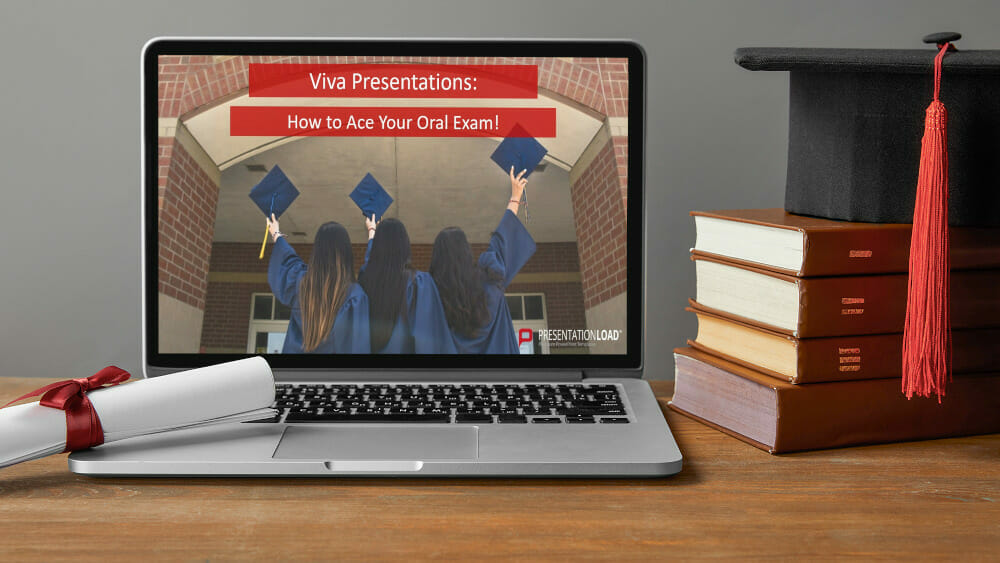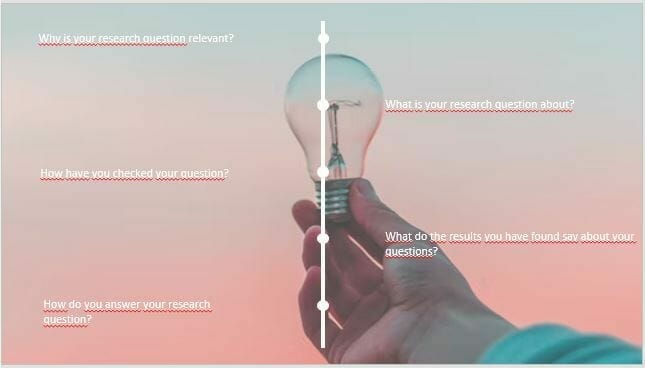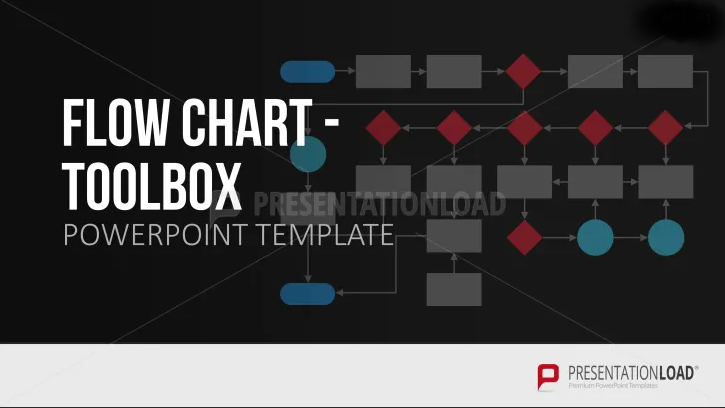
Ace Your Viva Presentation: Tips and Tricks
The thought of an oral presentation can be a huge source of stress and anxiety for many students, while some just blossom in such situations. If you’re one of the former, though, don’t panic. With decent preparation and practice, you too can successfully master your viva presentation.
But first: what is a viva presentation?

Viva voce is a Latin phrase most often translated as “by word of mouth.” In academic circles, a viva presentation is an oral exam in which you defend your thesis.
After the thesis is defended, it’s discussed by a small panel. Among those present are the examining professors, but there may also be research assistants, members of the relevant department or even fellow students.
The purpose of this defense is to show examiners how knowledgeable you are on your research topic, that you have internalized what you have learned and know how to apply it. In effect, it shows that you are well prepared to enter into academic discussion.
In principle, the viva presentation won’t make an entire grade’s difference, but it can tip the proverbial scale in your favor. It does offer some major advantages: You can clear up any ambiguities, assuage any doubts your examiners may have, and show that your stand by your research.

Preparation is key
After months or even years of hard work, the thesis is finished, the last formatting mistakes corrected, the bibliography painstakingly checked one last time and hooray, it’s finished! Time to celebrate! And then you get an invitation to the viva …
So, the wine bottle is re-corked and it’s back to the desk. But the good news is: you’ve actually already done most of the preparation. That’s what all the in-depth research you did to create your thesis was. You’re already an expert on your topic, so now you just need to explain it to your examiners clearly and calmly. That’s why it doesn’t make sense to start preparing for your viva before your thesis is finished and you’ve answered all your own questions.
Your supervisor should already know what to expect and the purpose of the viva is to present your results. Some people just hand in their thesis with huge relief and then put the whole thing out of their mind for a while.
This isn’t necessarily a problem but when the viva presentation is due, you really need to give yourself time to familiarize yourself with the topic again. Re-read your thesis a few times to get your results and methods fresh in your mind and you’ve already done much of the prep work for your viva.

Organizational details
You need to check the examination regulations of your institution to find out what will be required of you during your viva presentation. How long should the presentation last? Who will be present? How will the discussion group be structured at the end? Studies have shown that anxiety is significantly lessened if you know exactly what to expect. Don’t ignore these details.
Make sure you have the right power supply for the projector and whether your slide format is compatible with the projector. An article on slide formats and the difference between 4:3 and 16:9 can be found here.
Know how long your presentation should be. This often depends on what type of work you’re presenting. Be sure to keep this in mind as you create your slides.
Also, think about whether or not you want to provide a handout. Even if it isn’t explicitly required, examiners will often use a handout as a guide when asking their questions, allowing you to better control the discussion that follows.
You can find helpful tips on handouts here.
Lastly, think about what you’re going to wear for your viva presentation. If you’re not sure, take a cue from your examiners. If they wear a suit or dress to other viva presentations, it’s safe to assume that the dress code for your viva will be on the formal side. It’s important to look neat and tidy, but you should also feel comfortable. The wrong shoes or clothing that is too tight can negatively impact the way you present. You can find more helpful tips on clothing here.

Technical details
The most popular tool for giving a viva presentation is PowerPoint. On the day of your presentation, get there early to make sure your devices are working. It also helps to be familiar with PowerPoint’s features, such as Presenter View. This fantastic tool will help you stay on track during your viva presentation. For more information on Presenter View, click here.
In general, the rule for viva presentations is: Keep It Simple. This is a defense of your academic research and your slides should express that. Keep it classic and factual. Use a uniform font and a neutral, preferably white, background. You can use backgrounds from PresentationLoad:
In principle, you should use as little text and as few key points as possible, but it’s also essential to document your research accurately. Room for interpretation can be very dangerous here.
Naturally, it depends on the preferences of the examiners, but a little more text than in normal presentations is definitely allowed. If the nature of your work allows, graphics, photos or flowcharts are a good way to offer some variety and to clearly present complex issues.
How to structure a successful viva presentation

Like your thesis, your viva PowerPoint presentation should follow a certain structure. It is advisable to follow the structure of your thesis. After all, you have already given it a lot of thought and made sure that everything is in a logical context.
This way you can save yourself additional work. But remember – the presentation is not about retelling your thesis word for word. Just give the most important and interesting aspects.
Follow these points to create a solid structure for any viva presentation:
1) Relevance
Your thesis dealt in depth with a particular question, a specific aspect of research. In the first part of your viva PowerPoint presentation you introduce it and explain why it is relevant. What is the benefit for academic understanding, the general public, a specific avenue? Why this question in particular?
This allows you to show your audience why you chose your topic and why they should pay attention to what you have to say. All this needs to be supported by a professional introduction. You can find tips on how to do this here.
2) Background
This is where you set out the background of your research question in more detail, i.e. the most important theories and approaches that already exist on the topic, or which prompted your question. This helps your listeners prepare for any complex interrelationships, and clarifies the basis on which you have built your work.
3) Methods
In this part you set out how you approached your work. Was your research qualitative or quantitative? Did you conduct interviews, analyze data, evaluate a particular body of literature? This is your chance to show your examiners how carefully you worked and explain why you chose this particular method.
4) Findings
Now to present the results of your research. Were there any surprises? If so, how did you deal with them? Are the results consistent, where did you encounter difficulties, and how did you solve them? Use this section to talk about your research in a transparent and honest way. It’s an opportunity to show that you have dealt with the topic seriously and in depth, rather than just choosing the easiest way.
5) Conclusion
At the end, summarize your work clearly and concisely, and answer the research question posed at the beginning. You can also express your personal opinion as to whether you have achieved the result you expected or whether your research has come to a surprising conclusion.
Finally, you will need a well-rounded conclusion to your viva presentation. You can read tips for the perfect presentation ending here.
6) Sources
Whether you have to present your sources at the end of your viva is something to discuss with your supervisor or read up in the regulations. If in doubt, however, it’s better to be on the safe side with a list of sources.

Viva presentation: example
Since every viva is different, there is no one example of a great PowerPoint viva presentation. In our blog you will find numerous examples of how a well-structured and appealing PowerPoint presentation can look. For example, here. These should serve as a guide; it’s important to adapt the presentation to your personal requirements and your audience.
Make sure your narrative is clear and consistent throughout your presentation (as it was in your thesis). It might be a good idea to ask your supervisor to show you good viva presentation example from previous years or to give you tips on where you should focus your attention.

General tips for a successful presentation
Almost there! You’ve created and double-checked your PowerPoint viva presentation and you’re feeling confident about your research work. For many people, though, creating the content is the easy bit; it’s the thought of speaking in front of others that terrifies them. It’s just a fact that in order to defend a thesis, you first have to be attacked.
1. Be prepared for critical questions and comments. Think through what possible aspects of your work might attract criticism, and prepare your rebuttals in advance. It helps to let friends or family read your work and ask questions.
2. The same friends and family can be amazingly useful as a practice audience. Deliver your presentation a few times in front of others and in a relaxed environment. This will help you feel more confident when it comes time for your viva presentation. Your trial audience may discover inconsistencies you’d missed, and can often provide valuable feedback on how your slides look, your speaking style or your body language.
3. Body language is very important when you’re giving your presentation; it can affect your persuasiveness. Stand upright (or sit if you need to). A small amount of movement can emphasize your engagement with the subject, but try not to look restless. Getting your words across means you mustn’t turn your face away from the audience. Small gestures can underline your words, but too much fidgeting will look like nerves.
Practising giving your presentation will soon get your body language expressing ease and confidence. To learn how to best prepare for a presentation, read our blog article on the right body language
4. Many people tend to speak far too quickly in presentations, probably to get the whole thing over as quickly as possible. While this is understandable, it means the audience misses half your words! Try to breathe calmly and speak evenly.
Time can seem to speed up when you’re in a stressful situation, so speak more slowly than you think right. And taking a proper breath in between phrases will help ground you. You can find tips on how to prepare your speaking voice for your viva presentation in this blog post.
Your test audience can give you very good feedback here. When you practice your presentation, use a stopwatch to make sure that you stay within the given limits. Once you know that you won’t overrun even when speaking calmly, you can avoid the temptation to rush during the official presentation.
5. Pro tip: Do you have to give your viva presentation online? If so, some things will of course be different, starting with what program you use to stream your presentation. You can find out what options you have in this blog post. Click here to read more about what to pay attention to when giving an online presentation.

While knowing what you want to say is important, DON’T try to learn your entire presentation by heart. Even if you somehow did manage to, it would end up sounding artificial and you could be easily thrown off track if you miss a word or someone interrupts with a question. The best strategy is to memorize a few key points and speak freely.
Take a deep breath before you start and remember that you have no reason to be nervous. Nobody knows your work as well as you do; you’ve done all the research and can consider yourself an expert on your topic.
And if a mistake does happen, here are some tips on how to react to it with confidence.
If the examiners seem receptive to it, a little small talk before you start can help you to relax. And once you start, remember that you’ve practiced hard and are well prepared to give an impressive viva presentation. Good luck!
Any questions about this article or need help creating a viva presentation? Feel free to contact us at [email protected] for tips. We’d love to help.
We’ve already shared a lot of links with tips on how to improve your presentation. Here are some more that may interest you:






